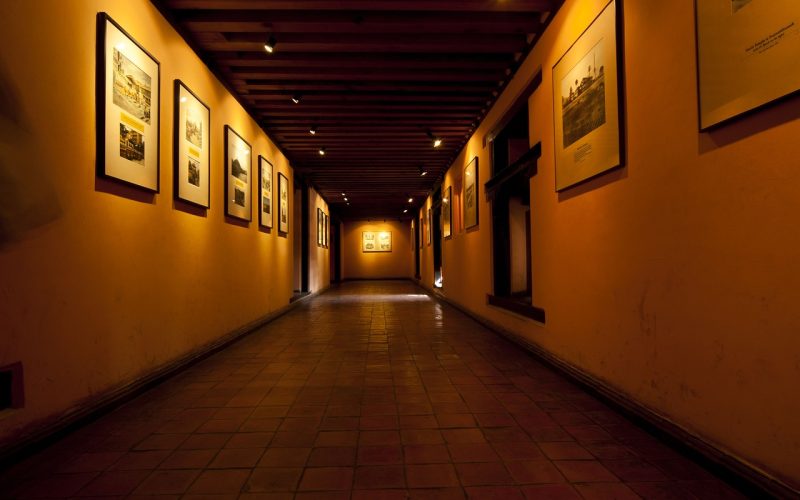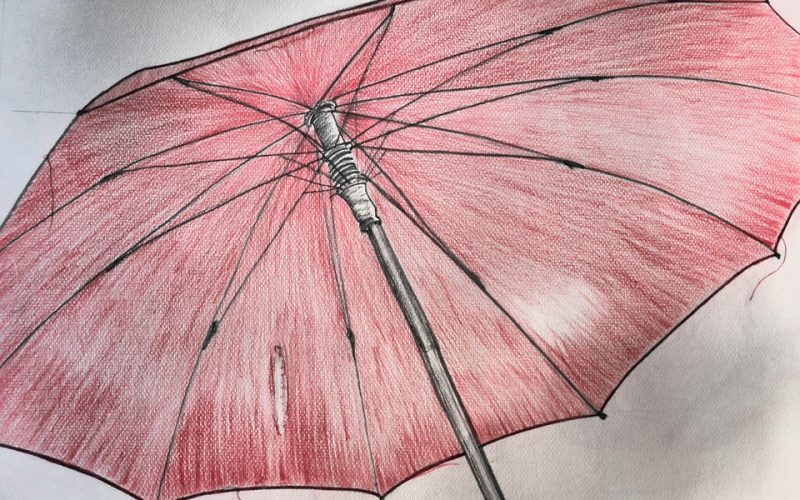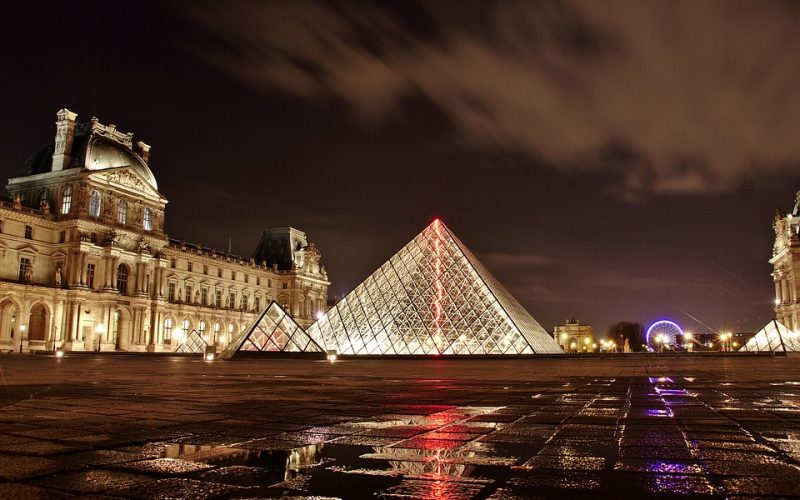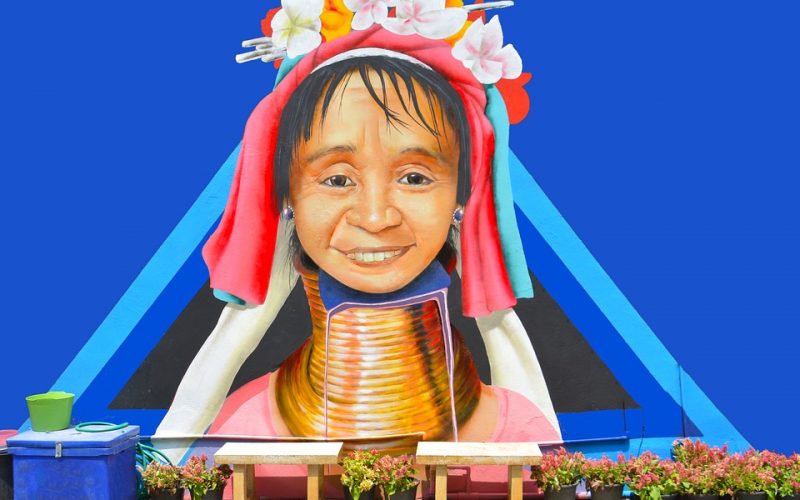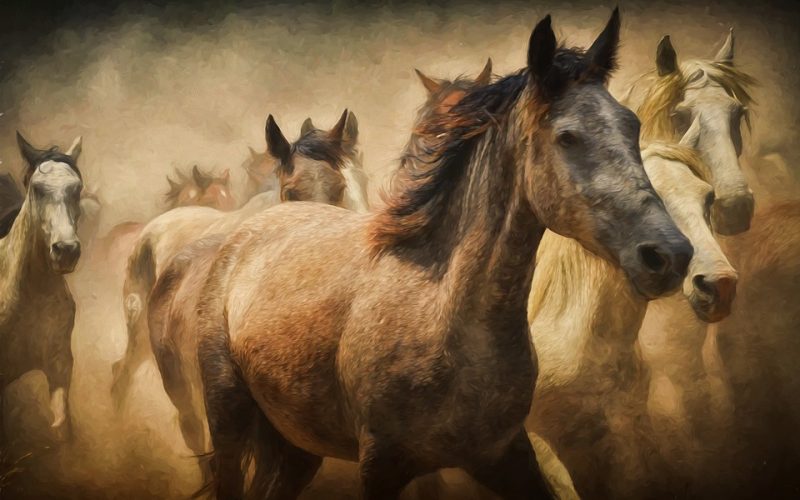Art Styles Across Cultures
Art has been an integral part of human society for centuries, serving as a powerful means of expression and communication. Each culture has developed its own unique art styles, reflecting its history, beliefs, and values. In this article, we will explore various art styles embedded in different cultures, highlighting the rich diversity and creativity that exists around the world.
Traditional African art
African art is known for its symbolic and abstract nature, often incorporating elements of mysticism and spirituality. Traditional African art includes a wide range of forms, such as sculptures, masks, textiles, and jewellery. These art forms are deeply connected to the cultural and religious practices of the communities they originate from. For example, masks are used in rituals and ceremonies to connect with ancestors and deities, while sculptures often depict ancestral figures or spirits. The use of vibrant colours and bold patterns is another characteristic of African art, reflecting the dynamic and diverse cultures of the continent.
Japanese ukiyo-e
Ukiyo-e, which translates to "pictures of the floating world," is a distinctive style of Japanese art that emerged during the Edo period (1603-1868). This style primarily consists of woodblock prints and paintings that depict scenes from everyday life, landscapes, and famous actors of the time. Ukiyo-e art is characterised by its use of bold lines, flat areas of colour, and intricate patterns. The genre played a significant role in shaping Western art movements such as Impressionism and Art Nouveau, with artists like Vincent van Gogh and Claude Monet drawing inspiration from its unique aesthetics. Ukiyo-e remains an enduring symbol of Japanese culture and artistic innovation.
Islamic geometric patterns
Islamic art is renowned for its intricate geometric patterns, which can be found in architecture, textiles, and decorative objects throughout the Islamic world. These patterns are created using a combination of straight lines, circles, and polygons, resulting in complex and visually striking designs. The use of geometric patterns in Islamic art is deeply rooted in religious beliefs, as they are seen as a reflection of the divine order and harmony that exists in the universe. This emphasis on geometry also serves as a way to avoid representational images, which are discouraged in Islamic art. The stunning complexity of Islamic geometric patterns continues to captivate and inspire artists and admirers worldwide.
Indigenous Australian art
Indigenous Australian art, which dates back over 60,000 years, is one of the oldest continuous art traditions in the world. It encompasses a diverse range of styles and techniques, including rock paintings, bark paintings, and dot paintings. Indigenous Australian art is deeply connected to the land, stories, and spirituality of the Aboriginal people. The use of symbols and patterns often represents elements of the natural world, as well as the Dreamtime, a sacred period in Aboriginal mythology when ancestral beings created the world. This art form serves as a powerful means of storytelling and cultural preservation, connecting past and present generations of Aboriginal people.
Mexican muralism
Mexican muralism is a prominent art movement that emerged in the early 20th century, following the Mexican Revolution. It is characterised by large-scale murals painted on public buildings, depicting themes such as social justice, history, and cultural identity. The movement was led by renowned artists like Diego Rivera, José Clemente Orozco, and David Alfaro Siqueiros, who sought to make art accessible to the masses and promote national unity. Mexican muralism has had a significant impact on the global art scene, influencing artists and movements worldwide with its bold visuals and powerful messages.
Nigerian contemporary art
In recent years, Nigerian contemporary art has gained international recognition for its innovative and diverse range of styles and themes. Artists like Yinka Shonibare, Njideka Akunyili Crosby, and El Anatsui have garnered acclaim for their unique approaches to exploring themes of identity, culture, and globalisation. Nigerian contemporary art often draws on traditional African styles and techniques while incorporating elements of modernism and global influences. This fusion of old and new has resulted in a vibrant and dynamic art scene that continues to shape the global conversation around contemporary art.
